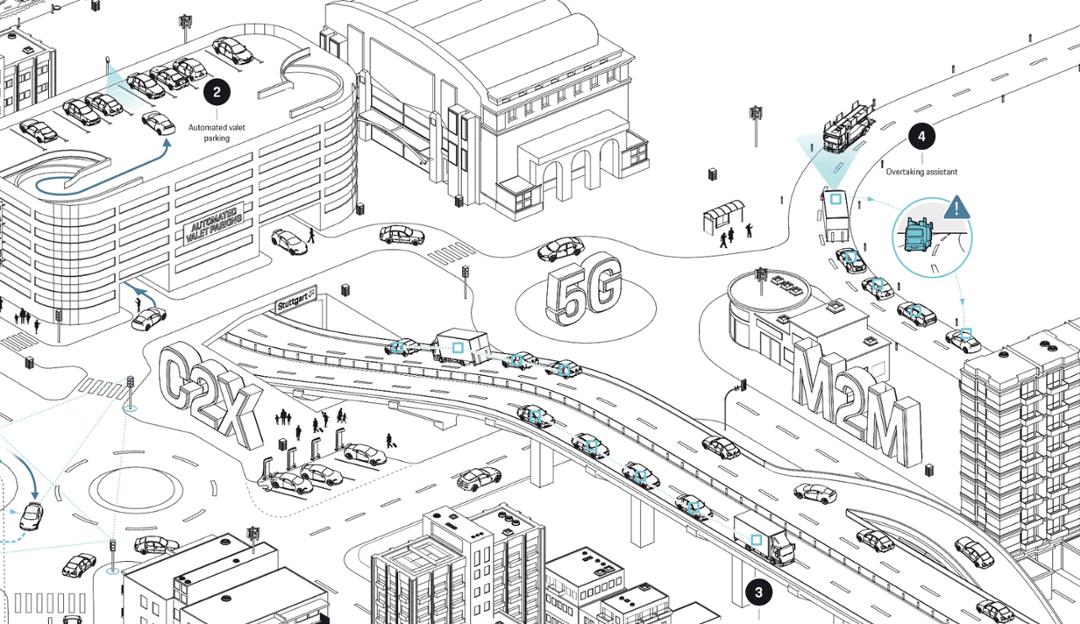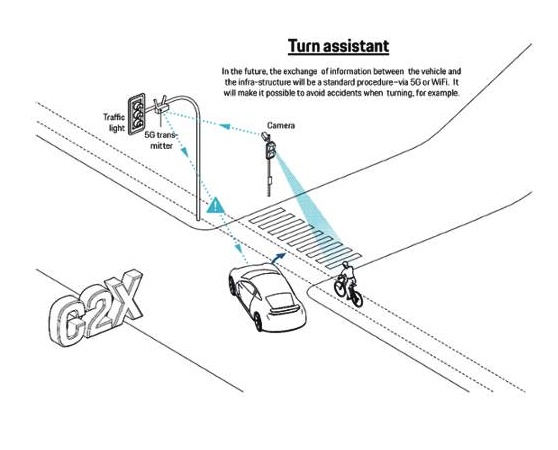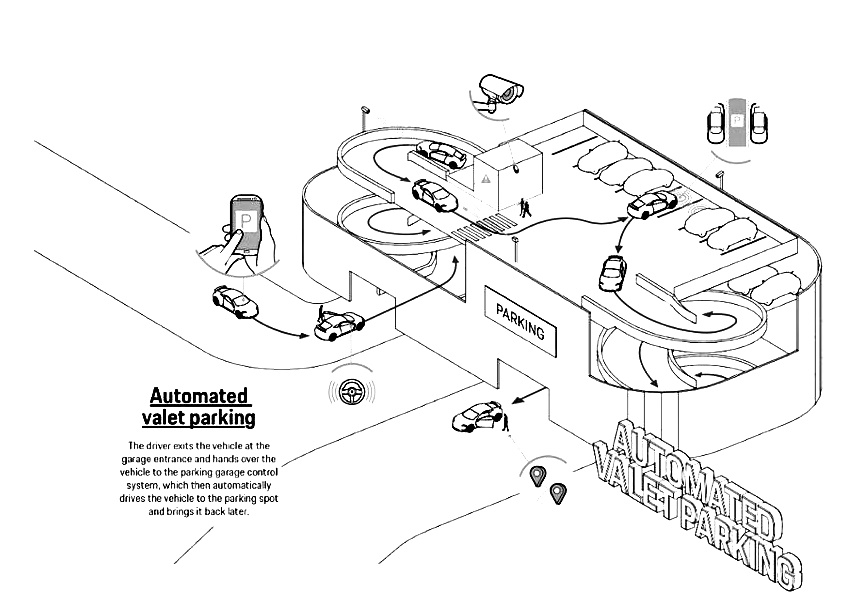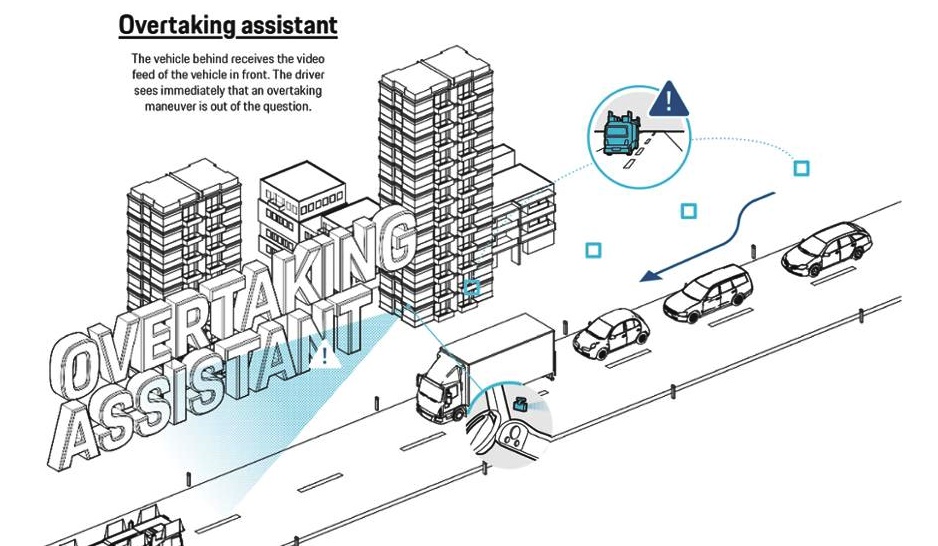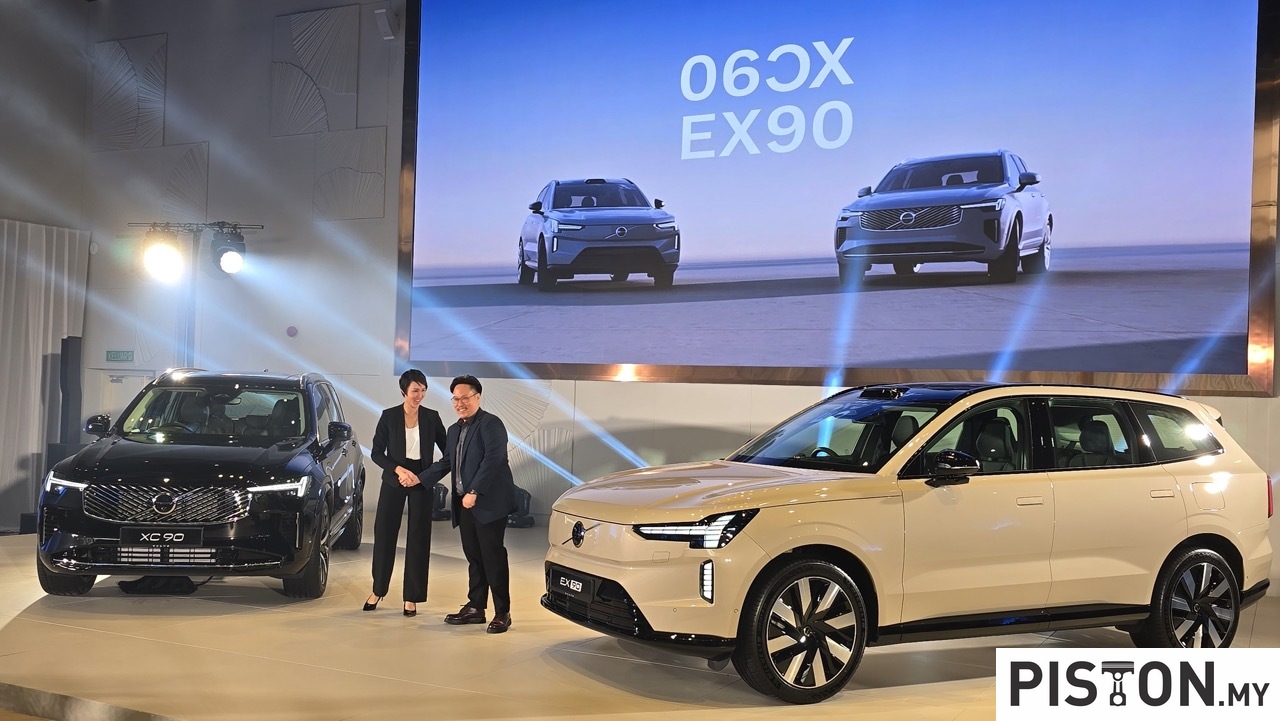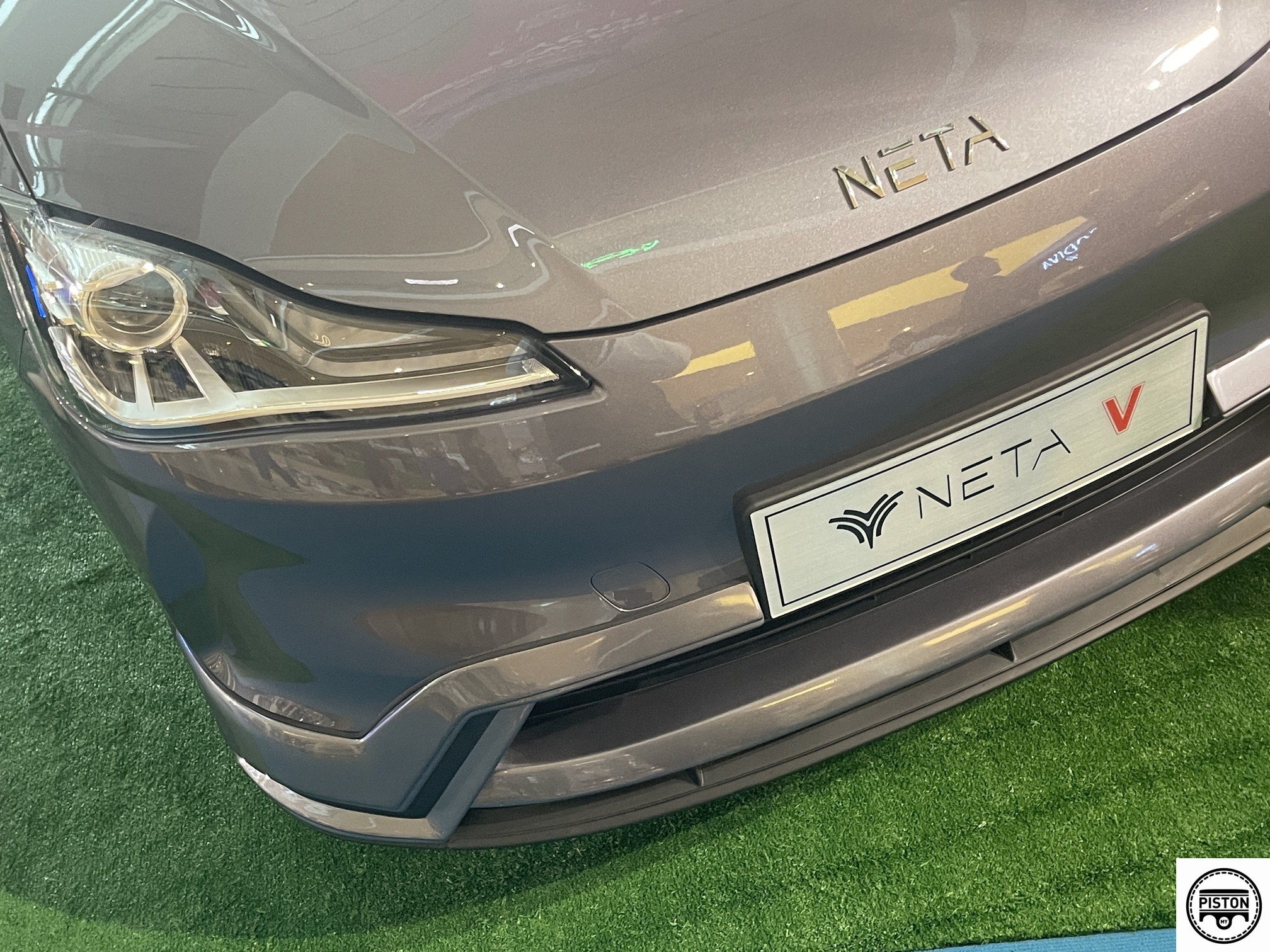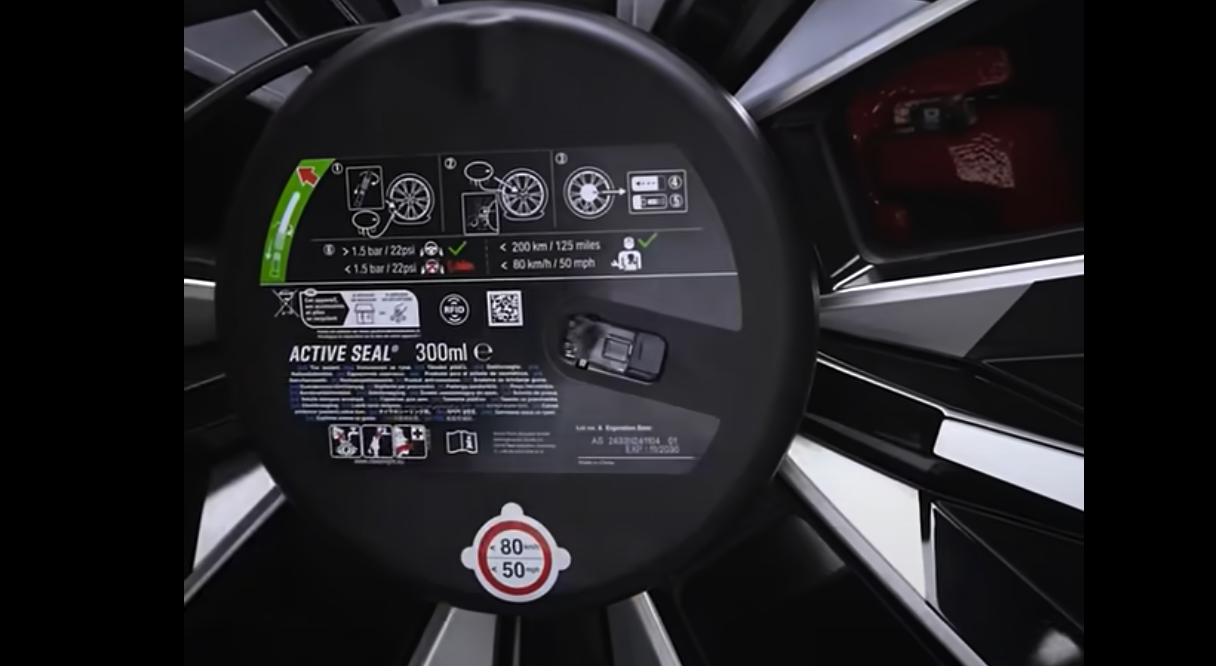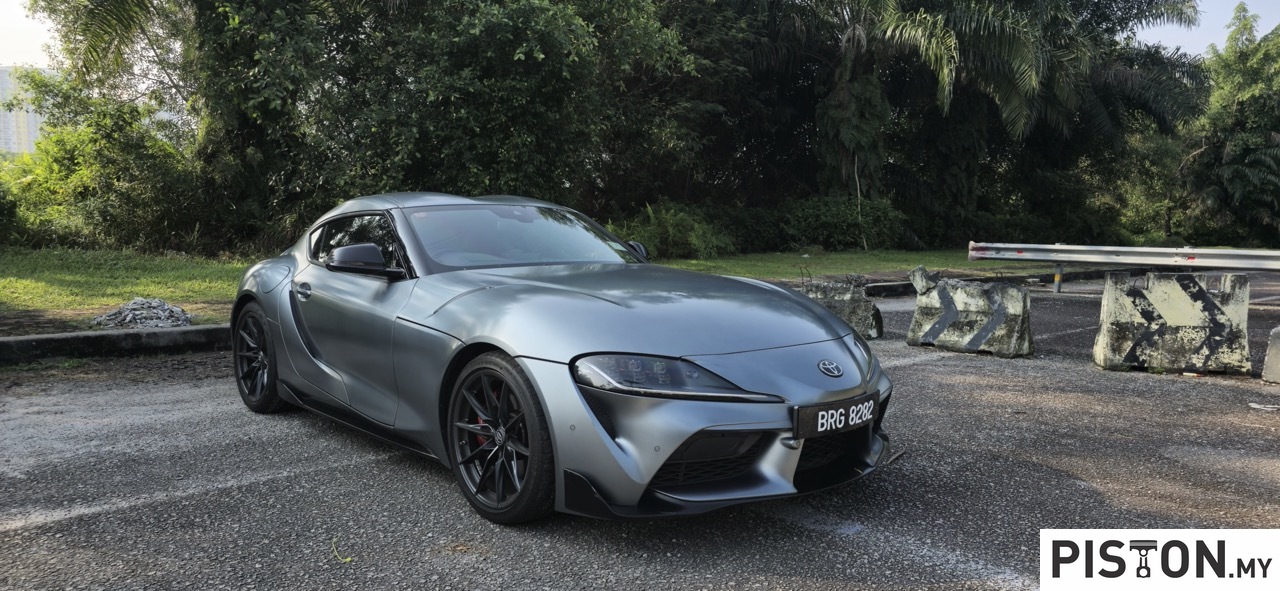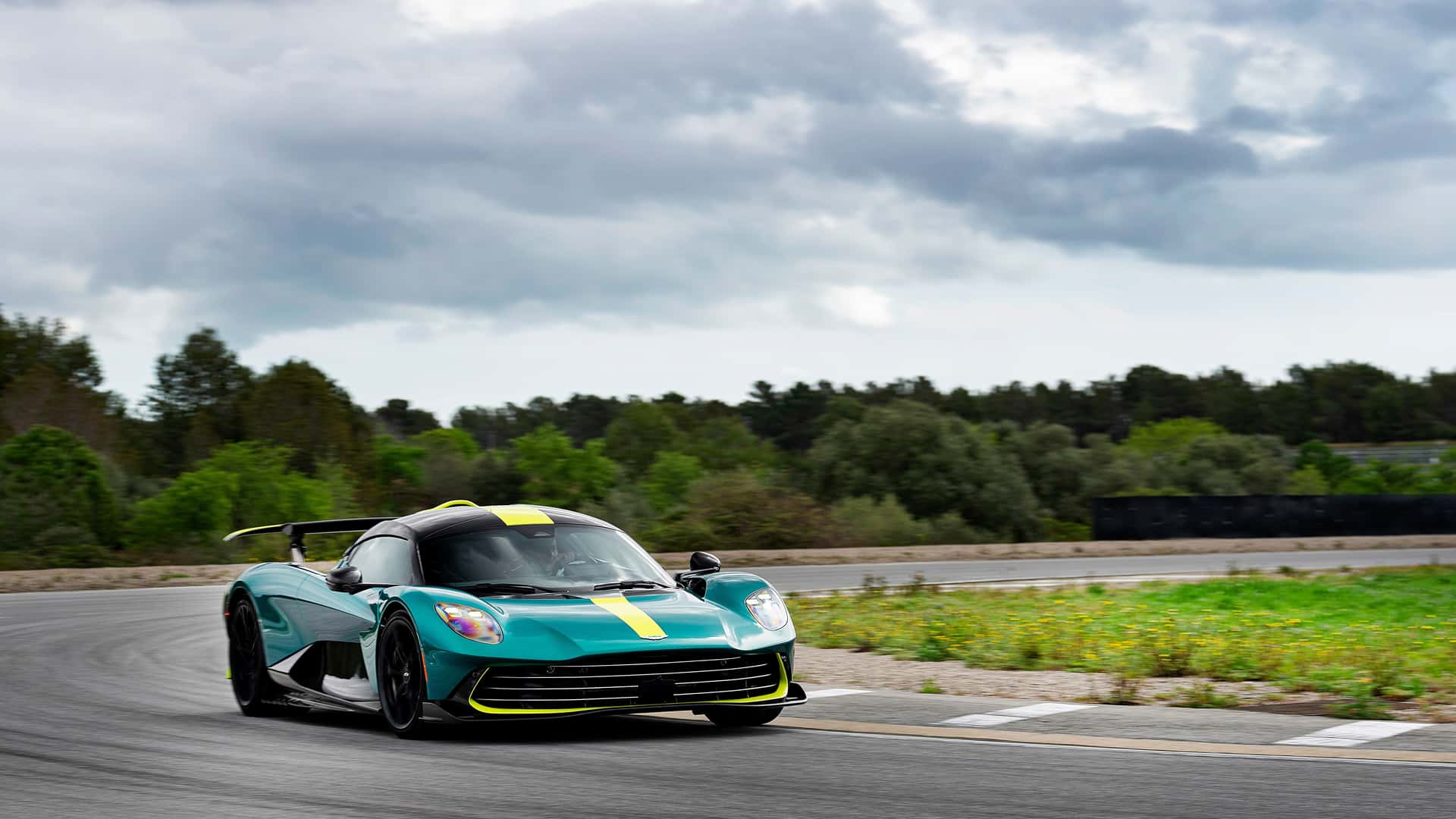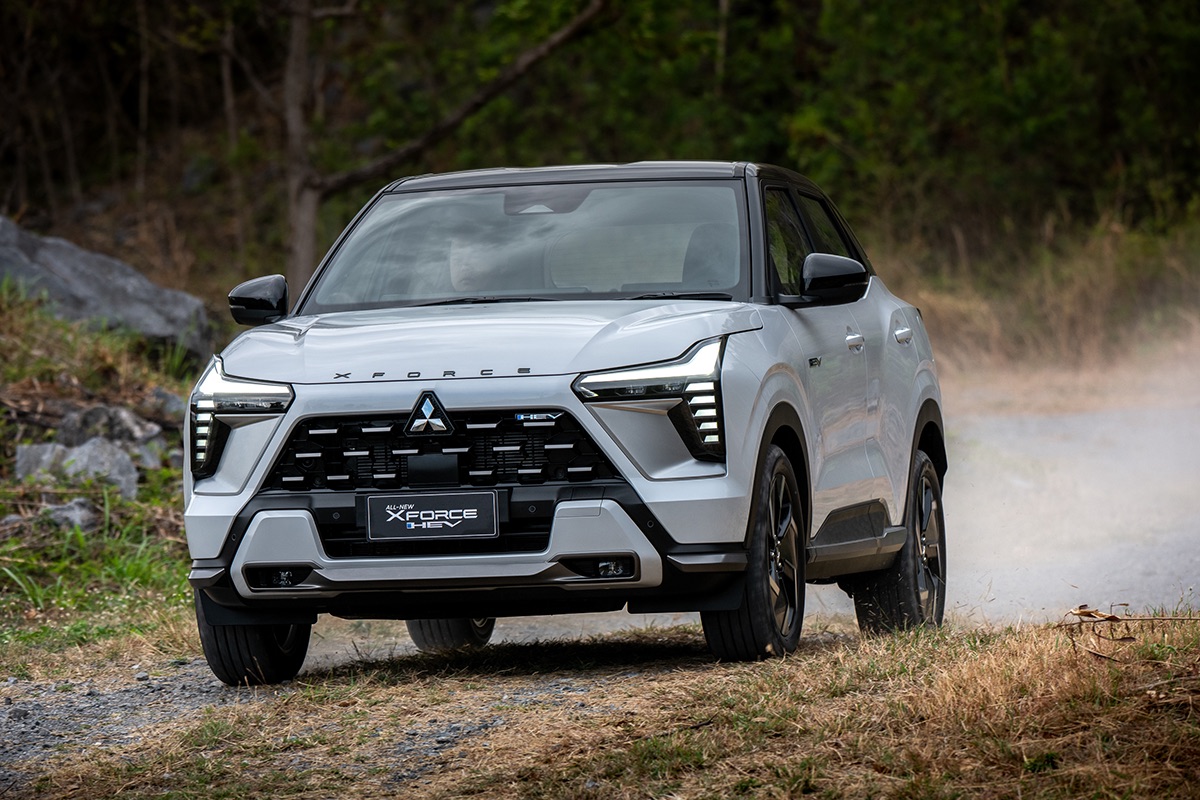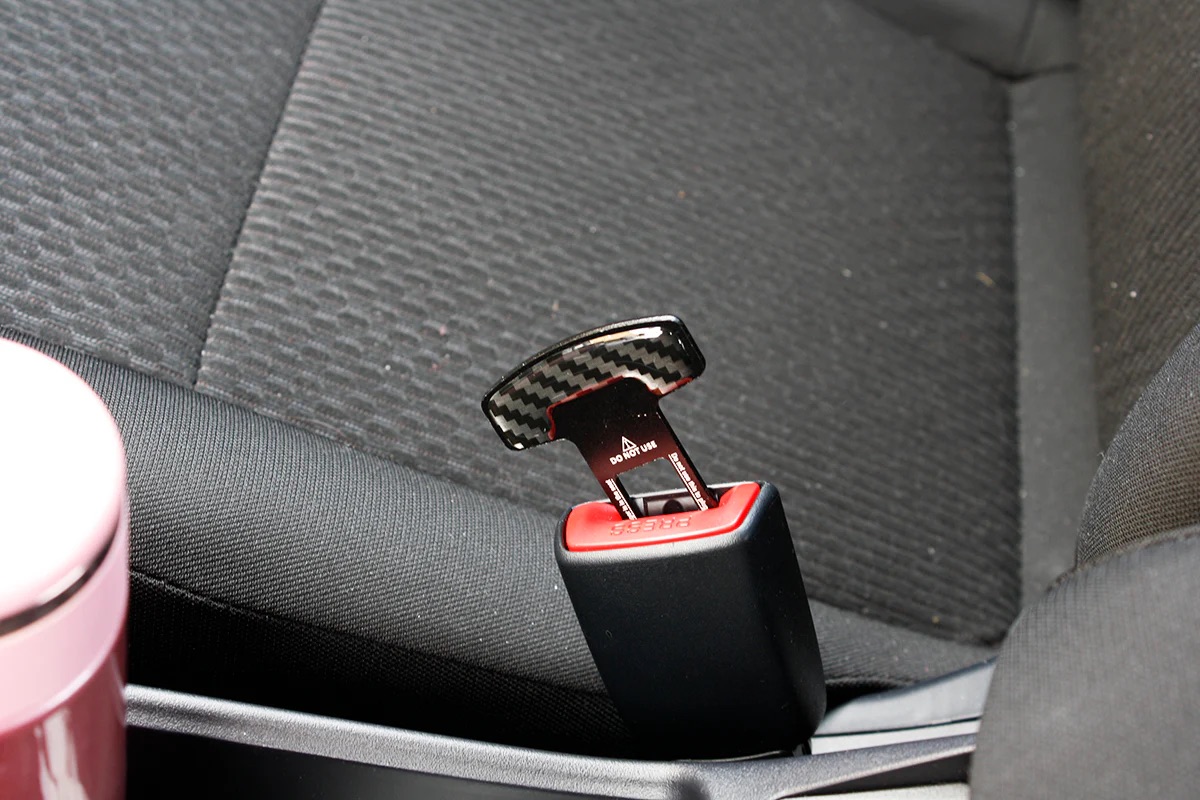The fifth generation of broadband wireless networking is eagerly being awaited by mobilephone users who expect communication speeds up to 3 times faster than current 4G LTE performance. Larger data volumes can be transmitted more efficiently and therefore reduce the time it takes to load and view pages on a screen.
But it’s not just millions of mobilephone users who are waiting as the auto industry is also looking forward to using 5G because it enables secure and instantaneous data transmission between machines. This also benefits fully automated driving functions, which place high demands on the flow of information with the infrastructure and other vehicles.
The data volumes being transmitted via wireless networks are rising, due primarily to increasing machine-to-machine communication (M2M communication). In the automotive field, it is primarily fully automated driving that is spurring on this development. While the data volumes per hour in current highly networked vehicles are in the gigabyte range today, the figure will be multiple terabytes by 2025.
Another advantage compared to 4G is that 5G can also serve a larger number of end devices per network cell. The network prioritizes the applications and adjusts the transmission—if necessary—to the load situation. The data for time-critical applications is conducted through the network faster than other data, such as the video streams of private users.
For safety reasons, automated driving functions must naturally be designed in such a way that all eventualities that may arise during the drive can be recognized and safely handled entirely with the vehicle’s own assistance systems. That applies in equal measure on highways, rural roads, and urban roads. In borderline situations such as poor visibility or complicated traffic situations, additional information drawn from the exchange of data with the infrastructure or other vehicles—what is known as C2X communication—can substantially enhance the control accuracy of the onboard systems.
Taking the complete route into account
“Currently, the sensor technology on the vehicle only covers a range of a maximum of 300 metres around it. Using the sensor data from other vehicles and the infrastructure, information from all along the entire route can be taken into account,” explained Jaime Arveras, responsible for Connected Car functionality at Porsche Engineering. “Driving manoeuvres can be much more effectively adapted to requirements and hazard situations detected at an early stage.”
This, in turn, opens up entirely new possibilities for driver assistance systems. Turn assistance systems, for example, can, with the aid of a C2X connection, detect even before the turn that pedestrians are on the road after the turn-off or that the route is blocked by an accident.
In enclosed spaces such as parking garages, C2X communication enables automated valet parking. The driver exits the vehicle at the garage entrance and hands over the vehicle to the parking garage control system. It then drives the vehicle, completely automatically, to the parking space and later returns it in like fashion.
Another example application based on C2X communication is currently being tested: coordinated driving of multiple vehicles in a line with minimal gaps between them. This ‘platooning’ makes better use of the slipstream and could reduce fuel consumption, particularly in highway caravans of commercial vehicles driving in formation. Without fast communication, it is simply impossible; if one vehicle in the platoon brakes, the signal must be transmitted to the following vehicles without delay and braking immediately initiated there in order to avoid rear-end collisions.
“C2X communication via 5G will, in many cases replace the coordination between drivers that we see today, which cannot be represented by sensors,” said Kai Schneider, who works on 5G-based C2X concepts as a development engineer with Porsche AG. “This applies, for example, to the smooth and rapid merging procedure on the highway. To achieve fully automated driving with a high comfort level, which can also be integrated into existing traffic, there is therefore definitely a need for communication between the vehicles.”
But even before any fully automated driving functions have been implemented in vehicles, the high speed of 5G communication makes it possible to introduce new assistance functions. For example, to provide greater clarity in complex situations, such as when visibility of oncoming traffic is limited. A truck driving in front could transmit its video image of the road to the display of the following vehicle in real time. The driver of that vehicle would then be able to see what’s happening in front.
Cross-industry alliance to advance 5G
The use of 5G technology for automated driving is being studied by a cross-industry alliance of telecommunications providers, automobile manufacturers and research institutes in a variety of different projects. “Only through the interaction of various technologies and together with partners in and around the vehicle can the vehicle drive in an anticipatory manner, detect hazards in good time and efficiently carry us from A to B,” said Dr. Johannes Springer, director of the automotive 5G program at Deutsche Telekom.
Compared with the 3G and 4G networks, the 5G standard currently slated for use in Germany works with higher frequencies of 2 and 3.6 GHz. They can handle larger data rates, though they have the physical limitation of a smaller range. Building the network will therefore require the installation of many more cell towers than for 3G and 4G. It is—unless prescribed by legislation for the required network coverage—controlled by the network operators on the basis of local requirements. Where large data exchange volumes are required and it is economically viable, they install the base stations. For automated driving, an ultrafast high-performance data network will take shape along the traffic arteries (on highways, on federal and state roads, and in urban areas).
To ensure the international compatibility of 5G components, binding standards must be introduced worldwide. Here, too, an important milestone has already been reached. In June 2018, the first 5G standards were passed by the competent authority, the 3rd Generation Partnership Project (3GPP).




